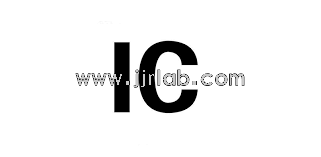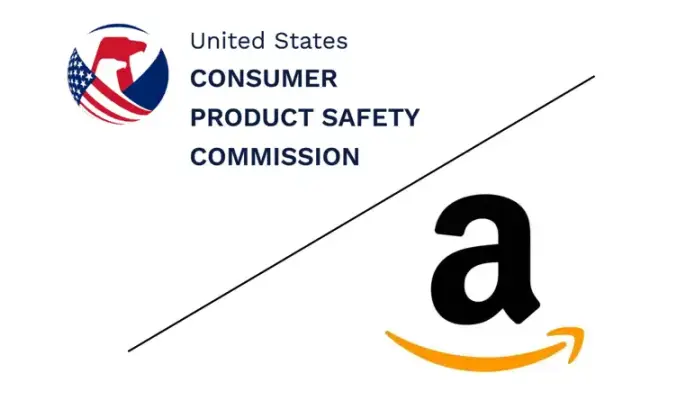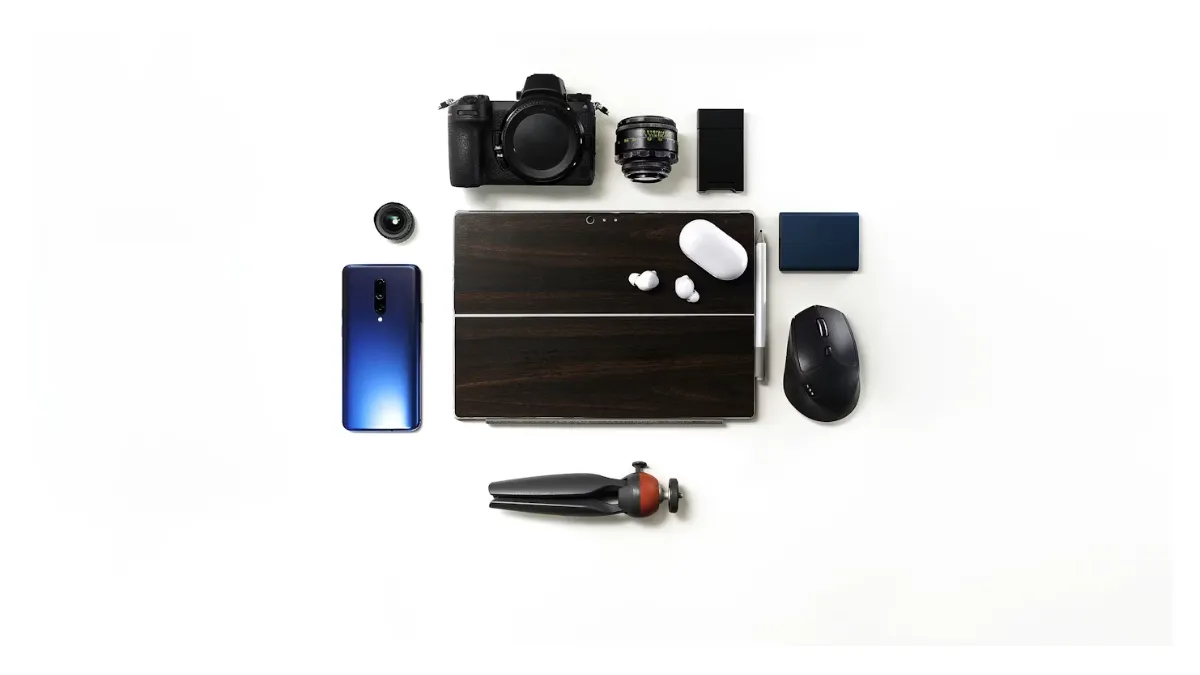
How to Get EN71 Certification Certificate?
EN71 certification is a standard for toy products in the European market, aimed at REDucing or preventing harm to children through technical specifications. The EN71 Toy Directive applies to any product or material designed or intended for children under 14 years of age to play with. If powered, the power supply must not exceed 24V.
Significance of en71 certification
EN71 is a standard for toy products in the European market. The European Union introduced the EN71 certification directive to provide technical specifications for toys entering the European market, thereby reducing or preventing harm to children. The European Commission officially published the new toy safety harmonization standard EN71-1:2011 in the Official Journal of the European Union (OJEU) on June 18, 2011. The new harmonized standard was established according to the new toy safety directive 2009/48/EC (effective date: JULy 20, 2011). According to the new toy safety directive, all toys placed on the EU market after July 20, 2011, must comply with the new harmonized toy standard EN71-1:2011.

Scope of EN71 Toys
- Children's Products: Consumer products designed and produced for children aged 12 or younger, including but not limited to children's toys and childcare products.
- Children's Toys: Consumer products designed and produced for use by children aged 12 or younger during play.
- Childcare Products: Products specifically designed for children aged three years or younger to assist in sleeping, feeding, or to aid sucking or teething.
- Toys that can be placed in the mouth: Toys that can be sucked or chewed (if only licked, it is not considered as placed in the mouth). If a toy or part of it is smaller than 5 cm, it can be placed in the mouth according to its size.
EN 71 Directive as Part of CE certification
EN 71 is one of the directives under CE certification. Toy products must comply with EN 71 directives and pass relevant tests to obtain the ce certificate. This is aimed at providing technical specifications for toy products entering the European market to reduce or prevent harm to children.
en71 standards Classification
- EN71-1: Toy safety - Physical and mechanical testing
- en71-2: Toy safety - Flammability testing
- EN71-3: Toy safety - Migration of certain elements (toxic metals) testing
- EN71-4: Toy safety - Chemical experiment toys
- EN71-5: Toy safety - Non-experimental chemical toys
- EN71-6: Toy safety - Age warning labels
- EN71-7: Requirements for finger paints
- EN71-8: Swings, slides, and similar toys for indoor and outdoor family entertainment
- en71-9: General requirements for organic compounds in toys
- EN71-10: Sample preparation and extraction of organic compounds
- EN71-11: Analytical methods for organic compounds
- EN71-12: Nitrosamines and nitrosatable compounds
- EN71-13: Requirements for fragrances in specific toys
- EN71-14: Household toy trampoline standards
Common EN71 Items
There are many standards enforced under EN71, but generally, general toys, daily necessities, handicrafts, similar toy products, and baby products require the first three parts of the test, namely EN71-1, EN71-2, and EN71-3, to be allowed into the EU market. The main test contents are physical and mechanical testing, flammability testing, and toxic metal dissolution testing.
EN71 Test Items
- EN71-1: Physical and Mechanical Performance testing
Includes drop test, small parts test, sharp edge test, tensile test, ear/nose/eye tensile, pressure test, torsion test, seam test, etc.
- EN71-2: Flammability Testing
Specifies the types of flammable materials prohibited, requires the burn rate of tested materials to not exceed specified limits, mainly involving toy clothing, toys worn by children, stuffed or textile toys, and other toys containing flammable material components.
- EN71-3: Migration of Certain Elements Detection (eight heavy metals testing)
Simulates the soluble heavy metals that toy materials can release in children's stomach fluids, and sets maximum limits.
- EN71-4: 1990+A1 Toy Safety
- EN71-5: Toy Safety - Chemical Toys
- EN71-6: Toy Safety Age Marking
- EN71-7: Requirements for Finger Paints
- EN71-8: Household and Outdoor Family Entertainment Products
- EN71-9: General Requirements for Organic Compounds
Specifies the total amount of toxic compounds migration present in each toy or toy material through exposure methods such as mouth contact, ingestion, skin contact, eye contact, inhalation.
- EN71-10: Sample Preparation and Extraction of Organic Compounds
- EN71-11: Analytical Methods for Organic Compounds
Basic Steps for EN71 Certification
1. Determine the Test Scope and Category: EN71 certification includes multiple parts, each with different test items. First, determine which parts and test categories your product needs.
2. Find a Chinese JJR Certification Laboratory: Choose a test laboratory that meets EN71 certification standards based on your product type and test scope.
3. Prepare Test Samples: Prepare test samples according to the sample requirements provided by the certification laboratory.
4. Conduct Tests: Submit the test samples to the certification laboratory for testing. Test contents include mechanical performance tests, chemical content tests, flammability tests, etc.
5. Issue Test Report: The certification laboratory will compile the test results into a test report and issue it to the product manufacturer.
6. Improve Based on Test Results: Improve and adjust the product based on the test results and conclusions in the test report.
7. Obtain Certification: After improvement and adjustment, resubmit the samples for testing. If the test results meet EN71 standard requirements, certification can be obtained.
Using EN71 Certification Mark on Toys
The CE mark directive for toy EN71 certification specifies detailed requirements for the size, scale, and printing of the CE mark. The CE mark can be printed and used by the manufacturer themselves. However, its size, proportion, and printing must meet the following requirements:
1. If the CE mark is reduced or enlarged, the proportion in the above figure must be maintained (note: the distance between C and E must also comply with this proportion).
2. The height of C and E must be consistent, and the height must be greater than or equal to 5 mm.
3. Marks that are likely to be mistaken for other third-party marks CE are prohibited from being affixed to the product. Any other marks can only be attached to the product or data plate if the visibility and clarity of the CE mark are not reduced.
The toy should be labeled with the EN71 certification mark and used according to regulations. The CE mark for toy EN71 certification has detailed requirements for size, proportion, graphics, and printing. The CE mark can be printed and used by the manufacturer, but its size, proportion, and printing must meet the following requirements:
1. If the CE mark is reduced or enlarged, the proportion in the above figure must be maintained (note: the distance between C and E must also comply with the proportion).
2. The height of C and E must be consistent, and the height must be greater than or equal to 5 mm.
3. Any other symbols can only be attached to the product or data plate if the visibility and clarity of the CE mark are not reduced.
Email:hello@jjrlab.com
Write your message here and send it to us
 Canada ISED Certification (IC Certification) Analy
Canada ISED Certification (IC Certification) Analy
 CSA C22.2 No.42 Compliance Test Report for Amazon
CSA C22.2 No.42 Compliance Test Report for Amazon
 FCM Food Contact Materials Compliance Certificatio
FCM Food Contact Materials Compliance Certificatio
 EN14350 Testing for Amazon Baby Feeding Products
EN14350 Testing for Amazon Baby Feeding Products
 Infant Support Pillow 16 CFR 1243/1242 & ASTM
Infant Support Pillow 16 CFR 1243/1242 & ASTM
 BRM Registration Card Under CFR Part 1130 Regulati
BRM Registration Card Under CFR Part 1130 Regulati
 How to get a D-U-N-S® Number for US FDA Registrati
How to get a D-U-N-S® Number for US FDA Registrati
 Household Massage Devices Compliance in the China
Household Massage Devices Compliance in the China
Leave us a message
24-hour online customer service at any time to respond, so that you worry!




